A mechanism involving charge transfer is predominant in the interaction between organic semiconductors and dopants
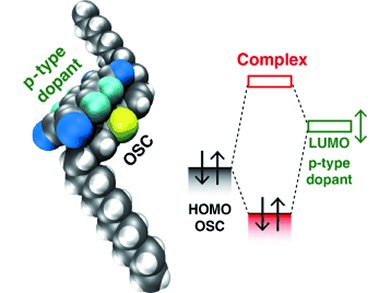

A mechanism involving charge transfer is predominant in the interaction between organic semiconductors and dopants
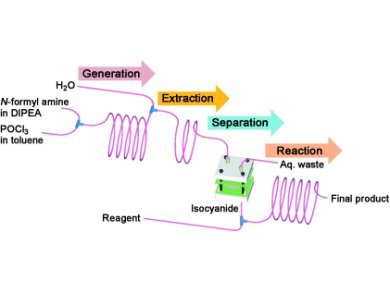
Isocyanides can be generated, purified, and reacted in an integrated continuous-flow microfluidic system
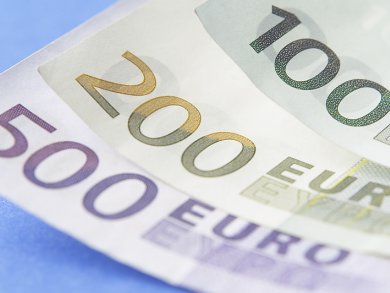
Michael Hampe, ETH Zurich, Switzerland, argues that scientists should not oversell their work in the pursuit of competitive funding
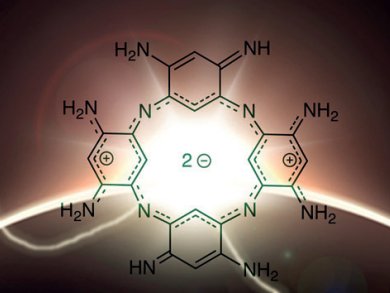
An isostructural and isoelectronic analogue of porphyrins that does not contain pyrrol units is aromatic and highly stable
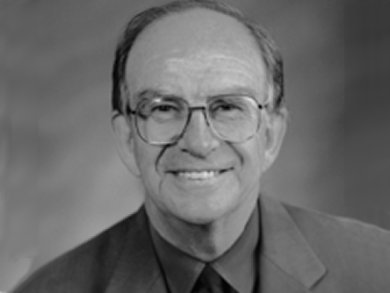
Sir John Meurig Thomas, UK, argues that scientific research motivated by intellectual curiosity is being restricted by funding bodies
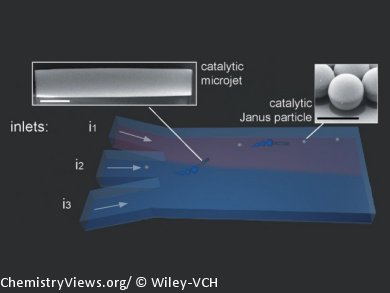
Two differently shaped catalytic motors can sense chemical gradients in microfluidic channels
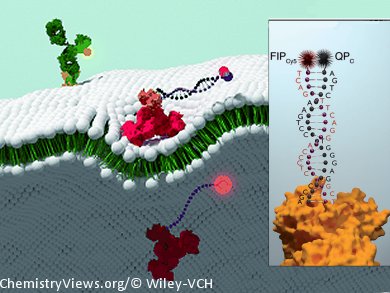
A DNA-based sensor signals the internalization of proteins and nanoparticles into live cells
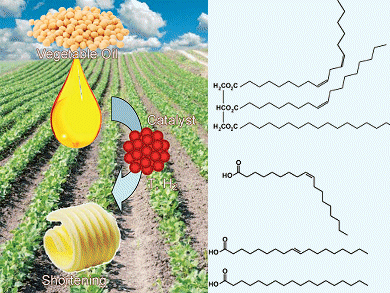
New approaches for trans-free hydrogenated fat production include selective hydrogenation catalysts or selectively removing trans isomers
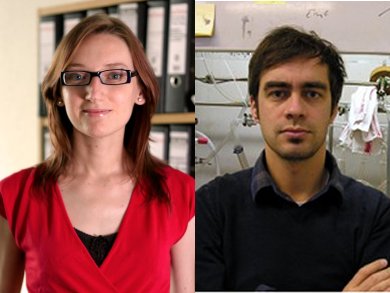
Cristina Nevado, Zurich, and Clément Mazet, Genève, have been awarded the Werner Prize of the Swiss Chemical Society
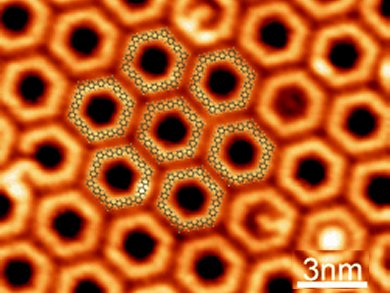
Hexagonal macrocycles with a diameter of 21.3 Å can be synthesized on a Cu(111) surface to produce hexagonal arrays of "nanotroughs"